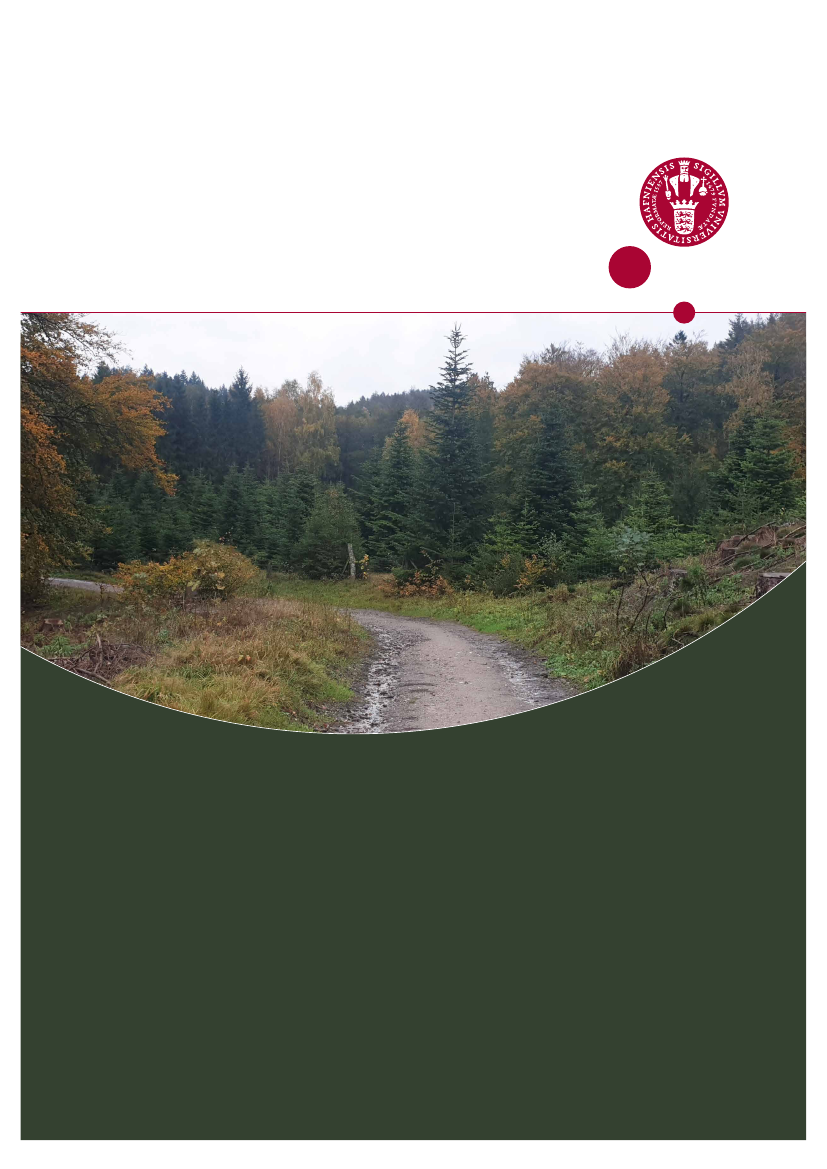
university of copenhagen
d e pa rt m e n t o f g e o s c i e n c e s a n d
n at u r a l r e s o u r c e m a n a g e m e n t
–
Forest Carbon Pool Projections 2024
Thomas Nord-Larsen, Prescott Huntley Brownell II, and Vivian Kvist Johannsen
IGN Report
April 2024